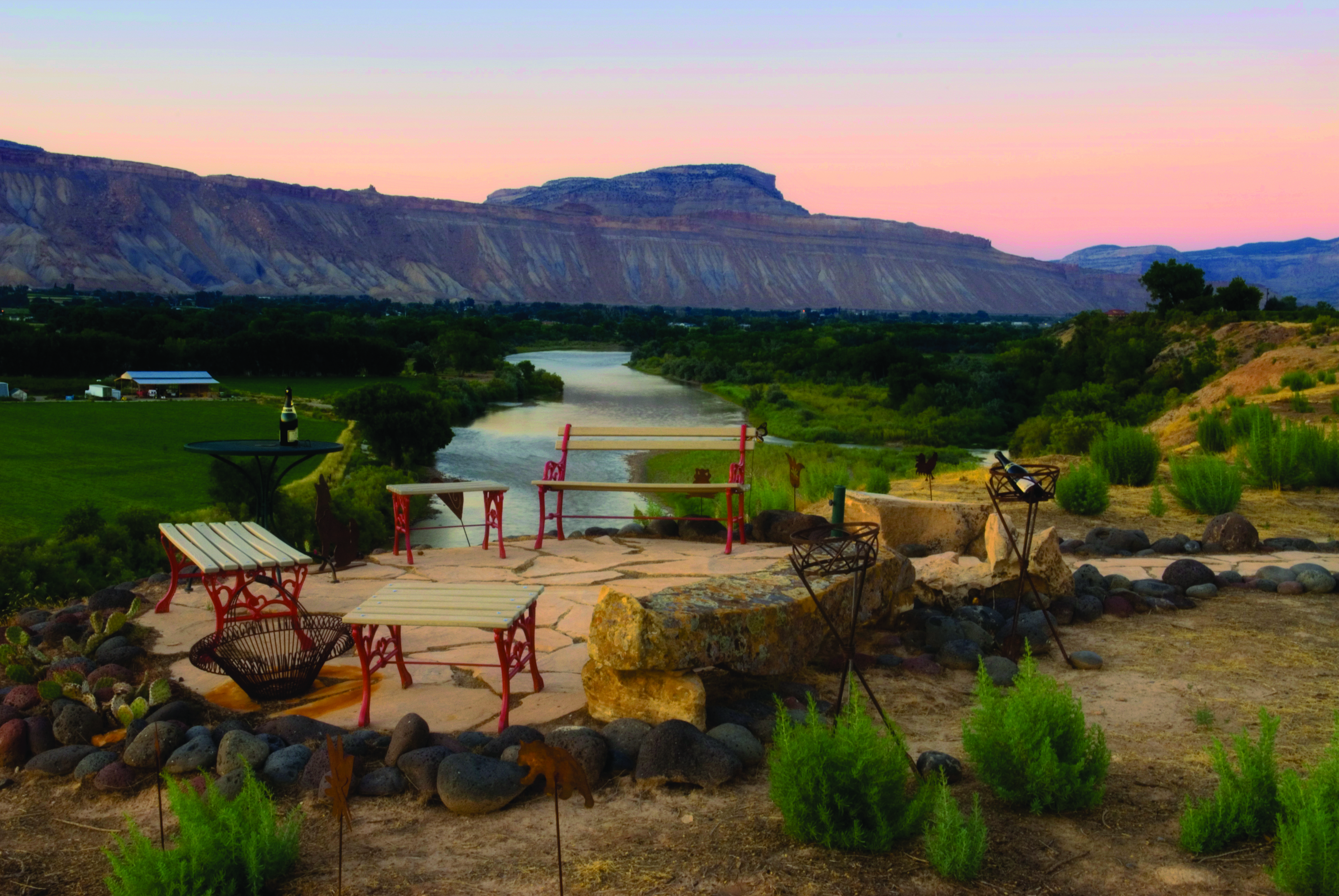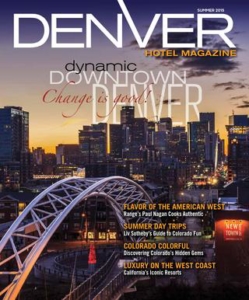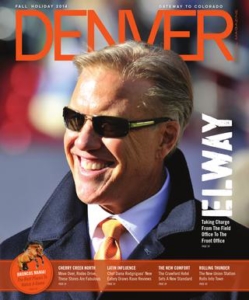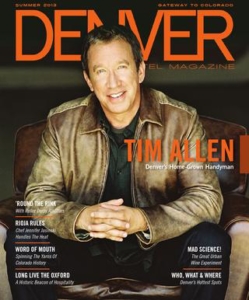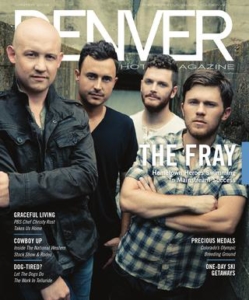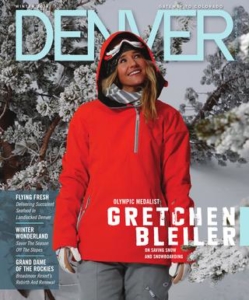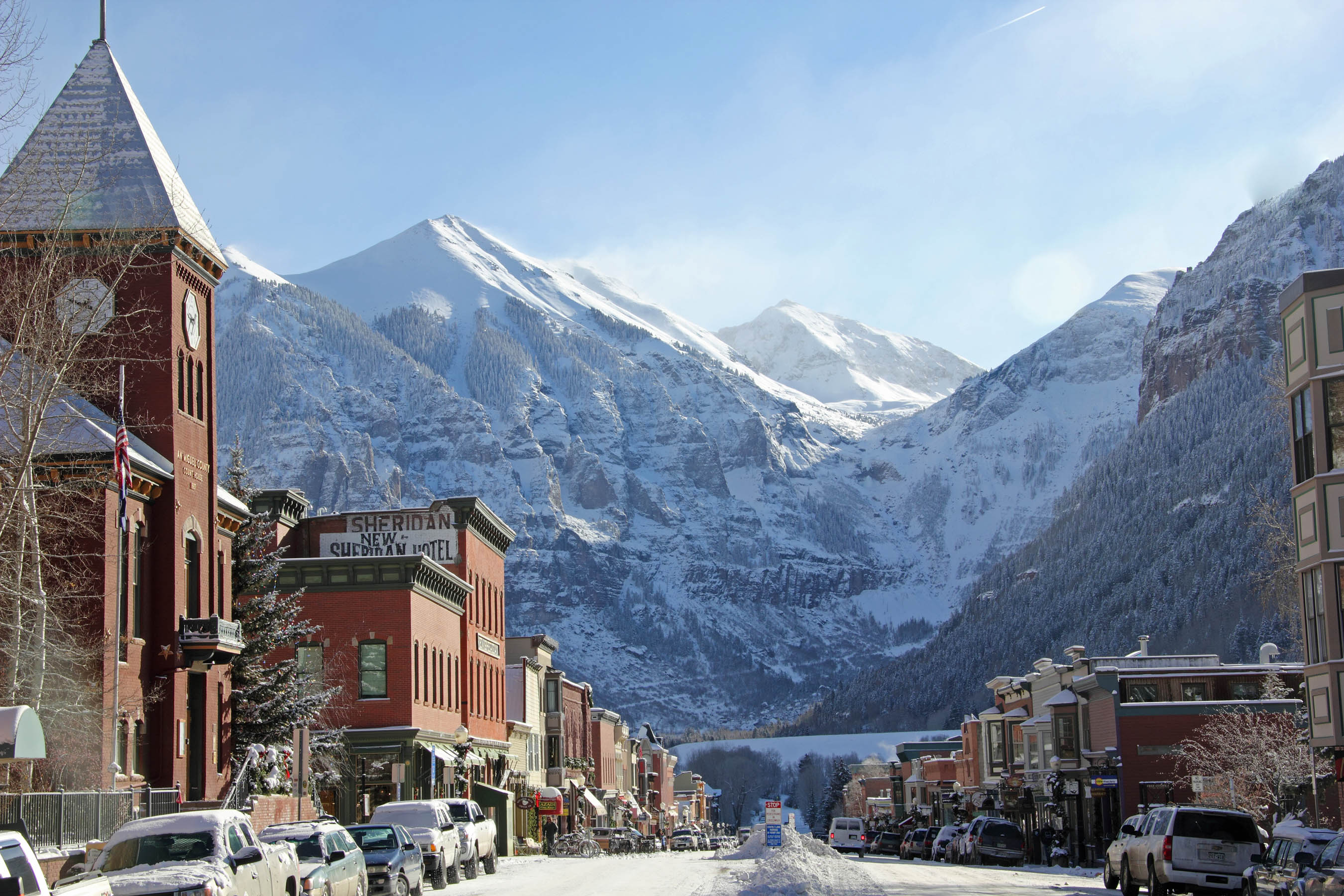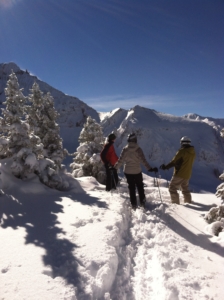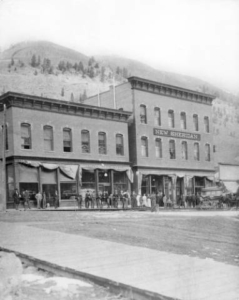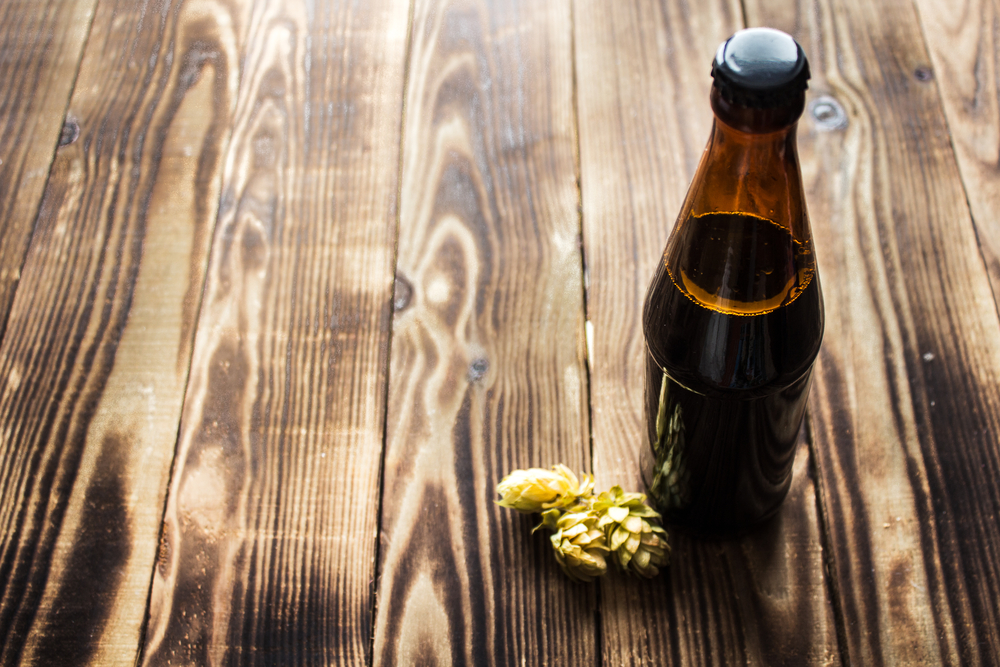
You might be interested in

Global Hope Network International
Helping the World’s Destitute Help Themselves By Ellen Gray Jeff Power is on a mission. Working through his organization, the

World-Class Exhibits Wow at The Denver Art Museum
Her Paris: Women Artists in the Age of Impressionism Her Paris: Women Artists in the Age of Impressionism has been extended

Vail Lift Tickets Available Online!
The earlier you buy, the more you save. Lift Tickets Ski School Weather Events Save time and money when you















